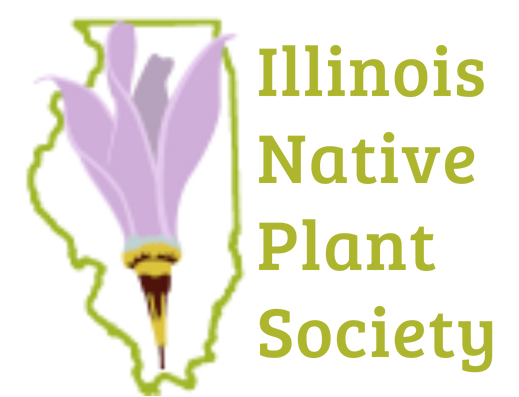The Dixon National Tallgrass Prairie Seed Bank: Conserving Native Plant Diversity
The ability of seed banks to successfully store seeds of economically important crops for long periods of time has been adopted by plant conservationists as a method for conserving dwindling plant diversity across the globe. The premise of seed banking is that if seeds are dried to 15-24% relative humidity and stored at -20°C, many species can be held in a dormant state for decades to hundreds of years. The Dixon National Tallgrass Prairie Seed Bank (DNTPSB) at the Chicago Botanic Garden has embarked on a project to conserve taxa of the tallgrass prairie, a globally threatened ecosystem, by systematically collecting and banking seeds of species important for habitat restoration. Using techniques established at the Millennium Seed Bank Project (MSBP), a project in the UK to conserve native plants globally, we focus on collecting seeds of species on our target list from each of 12 ecoregions that comprise the heart of the tallgrass prairie ecosystem.
In 2004, the Royal Botanic Garden at Kew in the UK initiated MSBP to collect and bank seeds of 10% of the world’s flora by 2010. The decline of biodiversity around the world was the impetus for MSBP to expand ex–situ conservation for all plants globally. They partnered with the Bureau of Land Management’s Seeds of Success (SOS) Program. SOS expanded to include several more botanic gardens and similar institutions to collect seed across the country to help with this project. Shortly after joining SOS, the Chicago Botanic Garden established the DNTPSB.
The tallgrass prairie is a globally threatened ecosystem, so it seemed especially important to continue the work that the MSBP started in the Midwest. Unlike MSBP, DNTPSB’s approach to ex–situ conservation is to make multiple collections of species across their geographic range to conserve the adaptive characteristics of those plants to their local environments. For instance, a population of Andropogon gerardii in the sand hills of Nebraska has adapted to local environmental conditions that differ from a population of A. gerardii in the Grand Prairie region of central Illinois. The strategy that we chose to conserve these adaptive characteristics in the Seed Bank is to collect species across the tallgrass prairie region by ecoregion (ecologically distinct regional designations).
